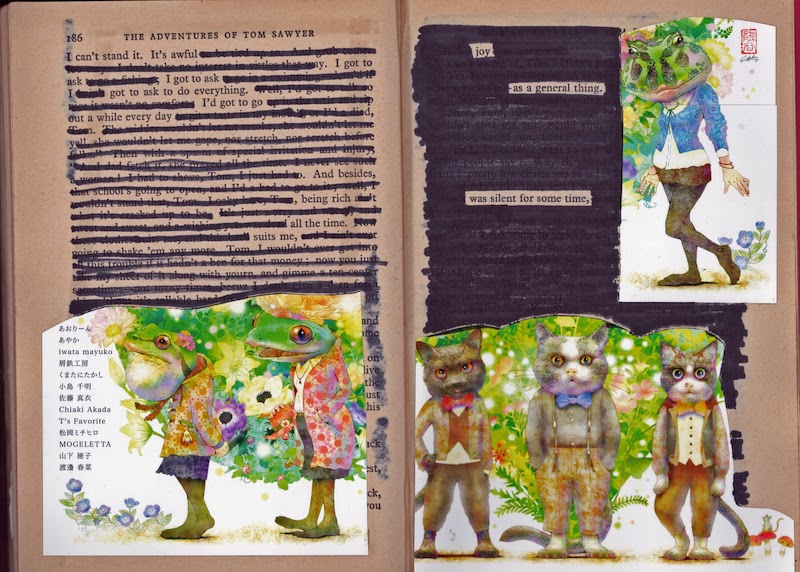~ I hesitate. Stepping sideways through the unfamiliar door, I shuffle between sagging, purpose-built shelves, moving slowly to give my eyes time to adjust. A spill of cracked spines, piled one on top of the other bulging floor-to-ceiling marked by the occasional cock-eyed, hand-written sign, a promise of some kind of order. shadows curtain the alcove— a beard coughs Sections run into each other; Literature, Do-It-Yourself, History, Cooking is separated from Self Help turning a corner You will find Tasmania along a wall down the hallway, past a sprawling jumble of random miscellany and comics. There is nothing here for me. I head for the street. Fantasy by the disappearing staircase I hesitate. ~~~ published Haibun Today Feb 2009 slight changes above compared to the one accepted below ~ I hesitate. Stepping sideways through the unfamiliar door, I shuffle between sagging, purpose-built shelves, moving slowly to give my eyes t...


